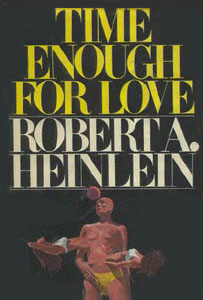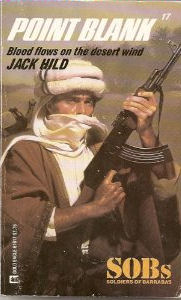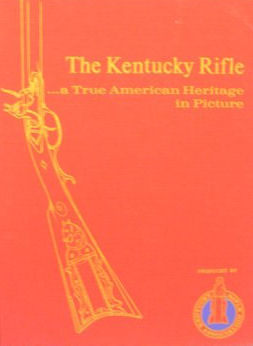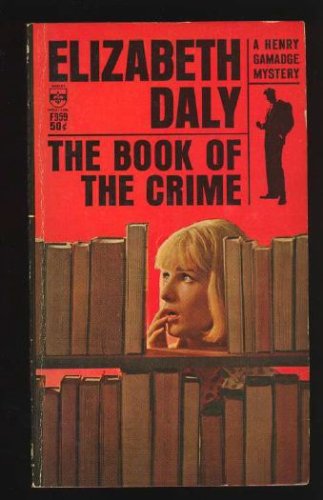 Given that the Heinlein quotes are making their ways around the Internet courtesy Instapundit (see here and here), I thought I’d pick this book up. Well, I did.
Given that the Heinlein quotes are making their ways around the Internet courtesy Instapundit (see here and here), I thought I’d pick this book up. Well, I did.
It started out as a pretty good spacer yarn. It revolves around Lazarus Long, previously seen in Methuselah’s Children, which I read as part of The Past Through Tomorrow, as he gets “rejuvenated” 2000 years from now after he’s lived those 2000 years and has run out of things to do. As part of his therapy, he tells stories about his adventures. For about 200 pages, it was cool, but then it got to be a little tedious. There were allusions at a greater plot at work, but that was played out in dribs and drabs. Then, he gets rejuvenated and leads a group from the planet Secundus, the planet where he was rejuvenated and that is becoming a bit stale culturally and politically, to Tertius, where they build the Heinleinian free love commune.
Around that time, where the action switches to the free love commune, the book bogs way down. The first half of each chapter explains how awesome free love and polyamory are, and then we get a couple pages of plot development. Unfortunately, the plot develops that Long travels into the past and then falls in love with his own mother, so we then get about 50 pages of them trying to couple in 1917, and when the attempts at coupling fails, we get 50 pages of them talking dirty to each other. Hey, I’m not a prude, but this stuff made me squicky given 1)It’s a science fiction novel, and 2)It’s his mother.
So, frankly, the book doesn’t hold together very well. It meanders a lot, of course, since it’s kind of a collection of short stories with an overarching plot, sort of. When I was reading this book, I was comparing it a bit to Atlas Shrugged as maybe a collected statement of the author’s philosophy, and I was comparing Heinlein’s plotting skills unfavorably to Rand’s, for crying out loud. Then there are the explicit details of the philosophy, which include a lot of sex, lots of women asking for Long to impregnate them, approval of sex with your own clones, and twisting the head of a fully born baby if it had Down’s syndrome.
Um, yeah. The philosophy expressed within has its good points, as the Instapundit quotes capture and as the Notebooks of Lazarus Long (two sections in the book with bullet points and no narrative, later published independently). However, there’s more to Heinlein’s view of life than that, and it makes this conservative say, “Ew.”
But the man can write some interesting science fiction amid the unclothed rubdowns.
Other Heinlein reviews:
I do so prefer his rocket jockey stuff to the adult books, for what it’s worth.



 I said I was going to start reading comic books to make my quota this year. Almost. This is a book of maps and is a just a couple crayons short of being a coloring book.
I said I was going to start reading comic books to make my quota this year. Almost. This is a book of maps and is a just a couple crayons short of being a coloring book. Last spring, I lost a part from my rototiller, so I went down to the sporting goods store and bought a metal detector to find it. And since I live on the edge of the Old Wire Road / Trail of Tears, I thought I might become a relic hunter–that’s what the people who use metal detectors call themselves. Or treasure hunters if they look for pure metal. So I ordered this book to get an idea of how to use my metal detector.
Last spring, I lost a part from my rototiller, so I went down to the sporting goods store and bought a metal detector to find it. And since I live on the edge of the Old Wire Road / Trail of Tears, I thought I might become a relic hunter–that’s what the people who use metal detectors call themselves. Or treasure hunters if they look for pure metal. So I ordered this book to get an idea of how to use my metal detector. This book is a short collection of tales from Ozarks lore, broken into categories such as “Tales of the Supernatural”, “Indian Tales”, “Treasure Tales”, “Outlaw Stories”, and so on. None of them are well-researched or well-documented, but they do give one interesting stories to tell the children and ideas for little essays and historical bits if one wants to put in the time to conduct real research.
This book is a short collection of tales from Ozarks lore, broken into categories such as “Tales of the Supernatural”, “Indian Tales”, “Treasure Tales”, “Outlaw Stories”, and so on. None of them are well-researched or well-documented, but they do give one interesting stories to tell the children and ideas for little essays and historical bits if one wants to put in the time to conduct real research.
 This is the next book after
This is the next book after  This is not the first Foxworthy book I’ve read; I read
This is not the first Foxworthy book I’ve read; I read  I inherited this book from my wife’s uncle, who was something of an expert on period firearms. This book collects images of the
I inherited this book from my wife’s uncle, who was something of an expert on period firearms. This book collects images of the  I borrowed this book at the library this weekend because I was running short of things to read around here. Actually, no, I have this tendency to stop by the local history section at the Republic Branch of the Springfield-Greene County library and check something out in spite of having enough to read. This particular volume is a collection of photographs taken as part of an Ozarks studies class at Lebanon High School from the 1970s to the early part of the 21st century.
I borrowed this book at the library this weekend because I was running short of things to read around here. Actually, no, I have this tendency to stop by the local history section at the Republic Branch of the Springfield-Greene County library and check something out in spite of having enough to read. This particular volume is a collection of photographs taken as part of an Ozarks studies class at Lebanon High School from the 1970s to the early part of the 21st century. This book is the 16th in the series; I read the 5th of the series,
This book is the 16th in the series; I read the 5th of the series,  This is the third novel in the first of the Detective Book Club collections I’ve been working on recently, and it’s the one that has the most American flavor to it, although its setting is an island off the Massachusetts coast that does not have electricity, so everyone’s still lighting oil lamps.
This is the third novel in the first of the Detective Book Club collections I’ve been working on recently, and it’s the one that has the most American flavor to it, although its setting is an island off the Massachusetts coast that does not have electricity, so everyone’s still lighting oil lamps. In this book, Mack Bolan goes to New Orleans to blow the mafia up there during Mardi Gras and finds that his two cohorts from
In this book, Mack Bolan goes to New Orleans to blow the mafia up there during Mardi Gras and finds that his two cohorts from  This book is one of the last in a series by Elizabeth Daly, whom Wikipedia claims Agatha Christie called her favorite American author or something. Like
This book is one of the last in a series by Elizabeth Daly, whom Wikipedia claims Agatha Christie called her favorite American author or something. Like 